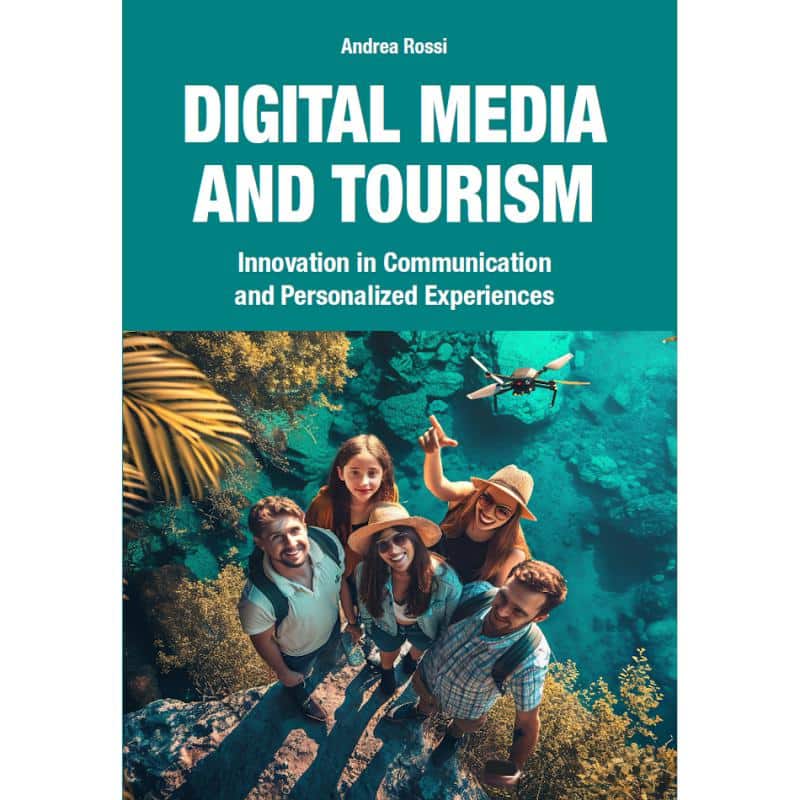Public-Private Partnerships in Tourism Innovation: Keys to Success and Pitfalls to Avoid

Public Private Partnerships in Tourism – By Andrea Rossi with Midjourney
.
In today’s rapidly evolving tourism landscape, public-private partnerships (PPPs) have emerged as a powerful tool for driving innovation and sustainable growth.
As a tourism innovation and marketing consultant, I’ve witnessed firsthand how these collaborations can transform destinations and create exceptional visitor experiences.
However, the path to successful PPPs is not without its challenges.
In this post, we’ll explore the keys to success and potential pitfalls in public-private partnerships for tourism innovation.
The Power of Collaboration: Benefits of PPPs in Tourism
Public-private partnerships in tourism bring together the best of both worlds: the strategic oversight and regulatory power of the public sector with the agility, expertise, and resources of private enterprises. These collaborations offer several advantages:
- Access to private sector expertise and innovation
- Shared financial risks and investments
- Accelerated implementation of projects
- Enhanced tourist experiences through combined efforts
For instance, the Barcelona Tourism Board’s public-private model has been instrumental in positioning the city as a leading smart tourism destination, leveraging private sector technology to improve visitor management and experiences.
Keys to Successful Tourism PPPs
Based on my experience working with various destinations, I’ve identified several critical factors that contribute to successful public-private partnerships in tourism:
- Clear Definition of Roles and Responsibilities: Each partner should have a well-defined role that aligns with their strengths and capabilities.
- Transparent Communication: Open, regular communication between all stakeholders is crucial for maintaining trust and addressing issues promptly.
- Alignment of Goals: Public and private partners must have a shared vision for the project’s outcomes, balancing economic benefits with community and environmental considerations.
- Flexible Partnership Structures: The ability to adapt to changing circumstances is vital in the dynamic tourism sector.
Navigating the Challenges: Common Pitfalls to Avoid
While PPPs offer tremendous potential, they’re not without risks. Here are some common pitfalls to watch out for:
- Misalignment of Objectives: When public and private goals clash, it can lead to project failure or community backlash.
- Lack of Clear Performance Metrics: Without defined success measures, it’s challenging to evaluate the partnership’s effectiveness.
- Inadequate Risk Assessment: Failing to anticipate and plan for potential risks can jeopardize the entire project.
- Neglecting Community Engagement: Local community buy-in is crucial for the long-term success of tourism initiatives.
Innovative PPP Projects Shaping the Future of Tourism
Across the globe, Public-Private Partnerships (PPPs) between Destination Management Organizations (DMOs) and private sector entities are fostering tourism innovation and sustainable development:
- Amsterdam’s Smart City initiative, in collaboration with private tech companies, uses data to improve visitor experiences and manage tourism more efficiently. Through platforms like amsterdam&partners, the city gathers insights on tourist behavior, helping to optimize services and manage the city’s tourism flows (Amsterdam Smart City) (I amsterdam).
- Jersey, Channel Islands: In this small island economy, a public-private partnership between the local DMO and private tourism stakeholders aims to boost destination management. This collaboration integrates both public governance and private sector expertise to address challenges unique to island tourism, such as sustainable resource management and tailored visitor experiences (Island Research Repository).
- Guanacaste, Costa Rica: The DMO in Guanacaste works closely with private eco-tourism operators to promote sustainable tourism. This partnership enhances infrastructure while preserving the region’s natural beauty, offering eco-friendly experiences for tourists (Guanacaste DMO) (Awaken) (Go Visit Costa Rica).
- Saudi Arabia: To meet its ambitious tourism goals, Saudi Arabia’s DMOs are forging long-term partnerships with private sector players, focusing on integrating private investments into infrastructure, services, and tourism product development. This collaboration is part of the country’s broader vision for diversifying its economy through tourism(https://www.e-unwto.org/doi/book/10.18111/9789284417438).
These partnerships demonstrate how DMOs and private companies can work together to improve destination management, attract visitors, and ensure long-term sustainability.
Best Practices for Public Administrators
For public administrators looking to explore PPPs in tourism, here are some best practices to consider:
- Conduct thorough due diligence on potential private partners.
- Establish clear governance structures and decision-making processes.
- Implement regular performance reviews and adjust strategies as needed.
- Ensure that public interest and community benefits are always protected.
The Future of Tourism PPPs
Looking ahead, we can expect to see more innovative partnerships that focus on:
- Integration of technology and data-sharing to create seamless visitor experiences
- Sustainability-driven collaborations to promote responsible tourism
- Cross-sector partnerships that blend tourism with other industries like health and education
Conclusion: Embracing the Potential of PPPs
Public-private partnerships have the power to revolutionize tourism innovation, creating more dynamic, sustainable, and visitor-friendly destinations. By understanding the keys to success and being aware of potential pitfalls, public administrators can harness the full potential of these collaborations.
As the tourism sector continues to evolve and face new challenges, Public-Private Partnerships (PPPs) will play a crucial role in shaping and renewing our destinations. Whether you’re considering a smart city initiative, a sustainable tourism project, or a digital marketing collaboration, the principles discussed in this article will guide you towards success. Innovation through PPPs offers unique opportunities to create richer, more sustainable tourist experiences that are adapted to the ever-changing needs of modern travelers.
Are you public administrators interested in exploring innovative PPPs for your destination? Let’s connect and discuss how we can create impactful collaborations that drive tourism innovation and sustainable growth in your destination.
***
Continue Exploring Innovation in Tourism!
If you want to dive deeper into innovation in tourism, I invite you to read my book: Andrea Rossi, “Digital Media and Tourism”, 2024.


